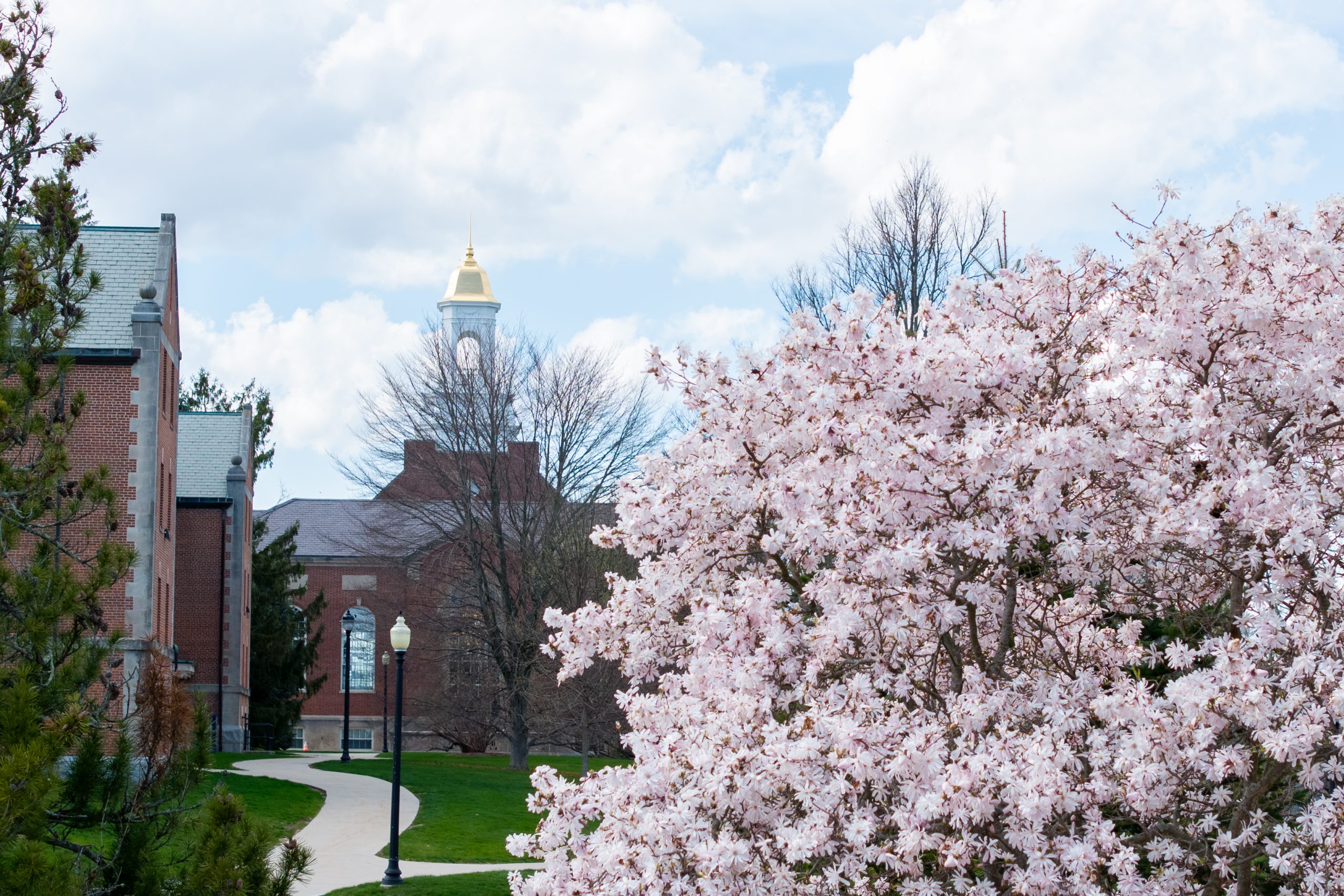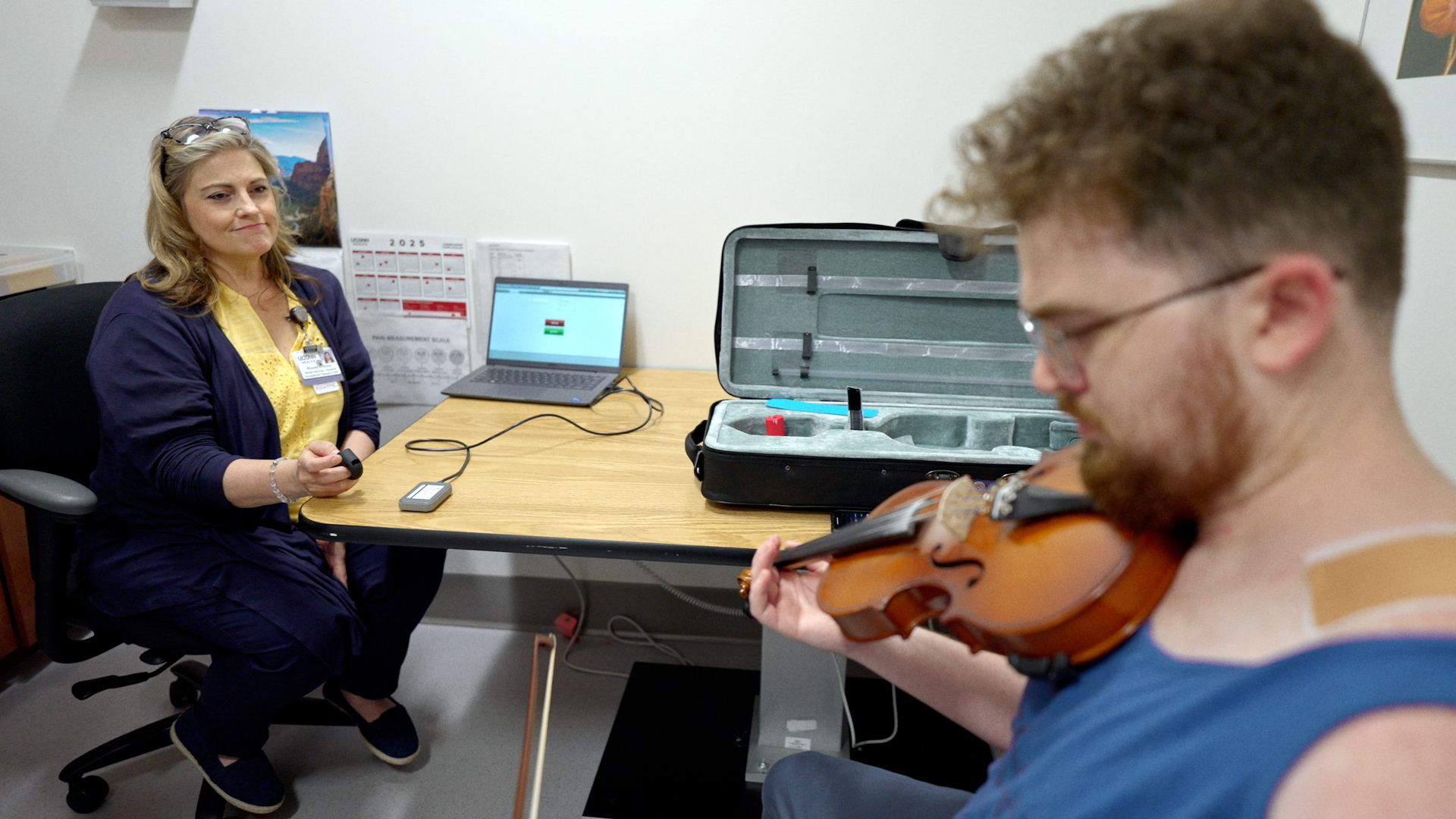UConn President Philip E. Austin sent the following message to all students, faculty, and staff at the University on Friday, June 11 – his first official day as interim president. Austin will serve in the position until the University’s 15th president is appointed following a nationwide search.

As I begin what I expect will be a relatively brief assignment as interim president, I want to take this opportunity to thank the many individuals who have communicated with me to extend good wishes and offers of support. Although I did not seek this assignment, I was honored when the Trustees asked me to serve and I am eager to help guide the University in the months ahead. I am particularly grateful to President Hogan for the time he took to brief me on several issues that require attention.
Newspaper reports accurately quoted me as saying, upon my appointment, that while I do not plan to propose dramatic new initiatives during this assignment, I will not be a “caretaker” either. UConn is a dynamic institution, as full of opportunities and challenges now as at any time in its history. While we all eagerly await the appointment of a new president we cannot afford to sit idly until the position is filled. There is more than enough to do during the summer and into the next academic year to occupy us fully and productively.
My most important responsibility will be one I share with everyone associated with the University: maintaining and enhancing the quality of our academic program. The Provost, the deans, the department heads, and faculty will have my strong support in the coming academic year, as we continue to build on a very strong foundation of research and teaching quality.
In a more specific sense, let me say that while I know that unanticipated events can play a key role in any presidency, however brief, there are four areas to which I expect to devote significant attention while I am in this office. They are not listed here in any order of priority, since I see each of them as critical to the University’s progress.
1. Implementation of the University budget
Yesterday the Board of Trustees adopted a spending plan for FY 2011 and a current services budget request for FY 2012 and 2013. The Board’s actions reflected both a recognition of severe fiscal stringency and an ongoing commitment to the University’s longstanding goals of excellence and access.
I appreciate the ongoing efforts of virtually every academic department and administrative unit to find additional cost-savings, and I am acutely aware that the “low-hanging fruit” has long since been gathered. We must, and we will, continue to find areas of savings that do not compromise our research or instructional program – and, in the case of the Health Center, our provision of outstanding clinical care.
But in this time of continuing economic hardship here in Connecticut and across the nation, we must also redouble our efforts to present what I believe is an irrefutable case for continuing public support: this university, like other great institutions of public higher education, is an invaluable economic asset to our state. We create knowledge that generates jobs, prepare students to fill positions in the private and public sectors, and meet vital public needs in health care, K-12 education, and a host of other areas. Our elected leaders – including those to be chosen this November – need to understand that arbitrary reductions in university support are at best counter-productive and at worst potentially disastrous.
2. Moving ahead on the Health Center collaboration
I was pleased to be present last Friday when Gov. Rell signed into law “An Act Establishing the UConn Health Network and Connecticut Bioscience Initiative,” which creates a solid basis of collaboration among Hartford-area hospitals, establishes new health research and care initiatives, and authorizes construction of urgently needed new facilities at John Dempsey Hospital. This marks a critical step in a long, complex campaign to assure the excellence of UConn’s own hospital and to promote high-quality, cost-effective health care in the Hartford area generally; but the battle is far from over. We will now compete for $100 million in federal funding that was included in the federal healthcare legislation approved in March (or, if necessary, seek such funding from other sources), and work with our colleagues at nearby institutions to transform the new collaborations from legislative mandates to operating realities.
3. Supporting the UConn Foundation’s fund-raising campaign
In September 2009, the University of Connecticut Foundation initiated a $600 million fund-raising campaign, the most ambitious in our history. The campaign, labeled Our University. Our Moment. The Campaign for UConn, is a giant step forward in our long effort to increase dramatically the level of private support for the University – an effort that is all the more critical at a time of limited State support. Over the past several years we have indeed come a long way in this regard. At the beginning of UConn 2000 in 1995, the Foundation’s endowment stood at $43 million and annual contributions were about $8 million. At the end of the last fiscal year, even in a rocky market, the endowment stood at $247 million and contributions totaled $48.5 million.
The Campaign for UConn is now 37 percent of the way toward its $600 million goal, and four years remain until the announced completion date of 2014. The Campaign seeks to raise $200 million for undergraduate education, $155 million for the Health Center, $135 million for graduate and professional education, and $110 million for athletics. These priorities were developed through an inclusive process of discussion with faculty, student leaders, alumni, and others, and the listing has my support. The last campaign, during my presidency, raised $325 million and occupied much of my time and effort. I hope to be equally engaged as interim president.
4. Enhancing the quality of student life and promoting campus safety
President Hogan made a number of significant contributions toward the goal of making the University a warm, inclusive community for all of our students, and many of the initiatives undertaken during his presidency warrant continuation and expansion.
An area of great concern is, of course, campus safety. The difficulties of balancing multiple goals – openness, the wish for a lively community, accessibility to visitors, and, above all, the physical security of our students – create challenges here as at other universities across the country. At the direction of President Hogan, the University administration, the Division of Student Affairs, Public Safety, student leaders, and many others are working to assure that we are dealing with this challenge in the most effective way possible, consistent with our goals as an educational institution. I will continue to support these efforts.
This, then, is a brief summary of some of my own priorities during the summer and fall. I look forward to meeting with many of you over the summer and into the fall, as we work together on these and other issues.
The 6,300 new undergraduate and graduate students who will arrive this August at our various campuses, and the 23,000 who return, can do so with confidence that their University continues the progress that has characterized it over the past several decades. They will, I am sure, be glad to join all of us in being part of the UConn community. We owe them our best efforts in the months to come.


